| |||||
| Decades: | |||||
|---|---|---|---|---|---|
| See also: | Other events in 1791 · Timeline of Icelandic history | ||||
Events in the year 1791 in Iceland .
| |||||
| Decades: | |||||
|---|---|---|---|---|---|
| See also: | Other events in 1791 · Timeline of Icelandic history | ||||
Events in the year 1791 in Iceland .

The Prose Edda, also known as the Younger Edda, Snorri's Edda or, historically, simply as Edda, is an Old Norse textbook written in Iceland during the early 13th century. The work is often considered to have been to some extent written, or at least compiled, by the Icelandic scholar, lawspeaker, and historian Snorri Sturluson c. 1220. It is considered the fullest and most detailed source for modern knowledge of Norse mythology, the body of myths of the North Germanic peoples, and draws from a wide variety of sources, including versions of poems that survive into today in a collection known as the Poetic Edda.
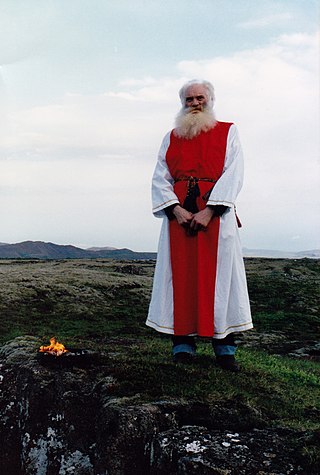
Sveinbjörn Beinteinsson was an Icelandic religious leader and singer of rímur who was instrumental in gaining the Icelandic government's recognition of pre-Christian Heathenry in the country.

Sveinbjörn Sveinbjörnsson was an Icelandic composer best known for composing "Lofsöngur", the national anthem of Iceland.
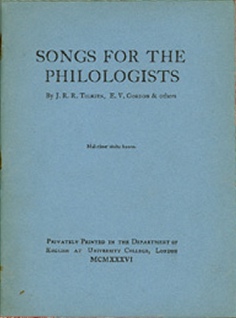
Songs for the Philologists is a collection of poems by E. V. Gordon and J. R. R. Tolkien as well as traditional songs. It is the rarest and most difficult to find Tolkien-related book. Originally a collection of typescripts compiled by Gordon in 1921–1926 for the students of the University of Leeds, it was given by A. H. Smith of University College London, a former student at Leeds, to a group of students to be printed privately in 1935 or 1936, and printed in 1936 with the impressum "Printed by G. Tillotson, A. H. Smith, B. Pattison and other members of the English Department, University College, London."
Ásatrúarfélagið, also known simply as Ásatrú, is an Icelandic religious organisation of heathenry. It was founded on the first day of summer in 1972, and granted recognition as a registered religious organization in 1973, allowing it to conduct legally binding ceremonies and collect a share of the church tax. The Allsherjargoði is the chief religious official.
The Reykjavík Grapevine is an English-language Icelandic magazine and online newspaper based in the Icelandic capital of Reykjavík. Its target audience primarily consists of foreigners, immigrants, international students, young Icelanders, and tourists. The magazine is currently a year-round publication, fortnightly from May to October and monthly from November to April.
Sveinbjörn is a masculine Icelandic given name. Notable people with the name include:

Sveinbjörn Egilsson was an Icelandic theologian, classicist, teacher, translator and poet. He is best known for the work he did during his time as the rector of The Learned School of Reykjavík, particularly his translations of Homer's Odyssey and Iliad into Icelandic.

In Norse mythology, Líf and Lífþrasir, sometimes anglicized as Lif and Lifthrasir, female and male respectively, are two humans who are foretold to survive the events of Ragnarök by hiding in a wood called Hoddmímis holt and, after the flames have abated, to repopulate the newly risen and fertile world. Líf and Lífþrasir are mentioned in the Poetic Edda, which was compiled in the 13th century from earlier traditional sources, and the Prose Edda, written in the 13th century by Snorri Sturluson. Many scholars have speculated as to the underlying meaning and origins of both names.
In Norse mythology, Mótsognir, also found as Móðsognir, "he who drinks in courage", is the ruler of the dwarves. In Völuspà 10, he is identified as mæztr um orðinn dverga allra, "lord of all the dwarves". According to Snorri Sturluson in Gylfaginning 14, which seeks to explain this verse, "the dwarfs had taken shape first and acquired life in the flesh of Ymir and were then maggots, but by decision of the gods they became conscious with intelligence and had the shape of men though they live in the earth and in rocks. Modsognir was a dwarf and the second was Durinn."
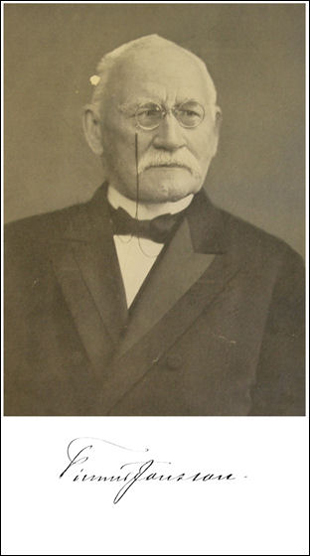
Finnur Jónsson was an Icelandic philologist and Professor of Nordic Philology at the University of Copenhagen. He made extensive contributions to the study of Old Norse literature.
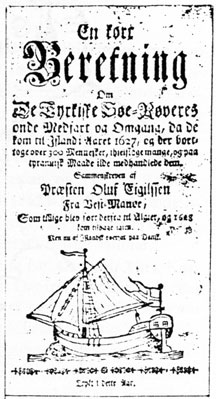
Ólafur Egilsson was an Icelandic Lutheran minister. In 1627, he was abducted, along with his wife and two sons, by Barbary Pirates under the Ottoman Empire during their raid on Vestmannaeyjar. The raid is known in Icelandic history as Tyrkjaránið. He returned to Vestmannaeyjar in 1628 but his wife Ásta Þorsteinsdóttir did not return until 1637 and his sons never returned. He later wrote a memoir of his abduction and return, which was published both in Iceland and in Denmark.

The Turkish Abductions were a series of slave raids by pirates from Algier and Salé that took place in Iceland in the summer of 1627.
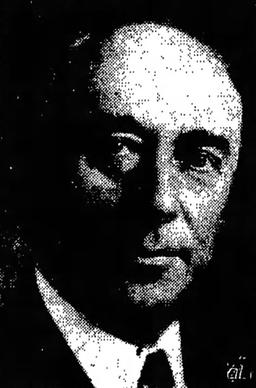
Sveinbjörn Johnson was an Icelandic-born American lawyer, politician and scholar.
Richard Cleasby (1797–1847) was an English philologist, author with Guðbrandur Vigfússon of the first Icelandic-English dictionary.

Hjaltalín is an Icelandic indie rock band that has published four studio albums as of 2020. Their second record, Terminal, was chosen as the album of the year at the 2010 Icelandic Music Awards. They have also played throughout Europe, most notably at the Roskilde and Latitude festivals (2009) and at Sziget Festival (2010).
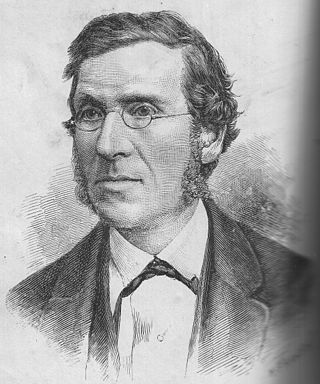
Jón Árnason was an Icelandic author, librarian, and museum director who made the first collection of Icelandic folktales.
Egilsson is a surname. Notable people with the surname include:

Benedikt Sveinbjarnarson Gröndal (1826–1907) was an Icelandic naturalist, poet, illustrator, and author.
Events in the year 1852 in Iceland.